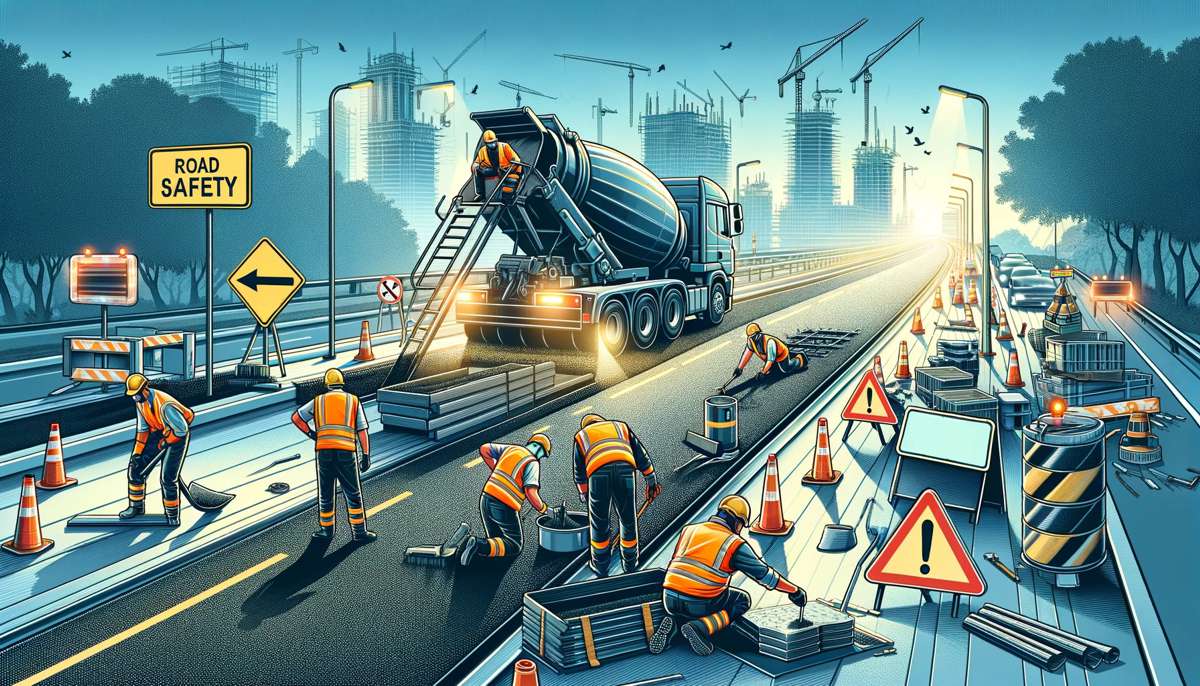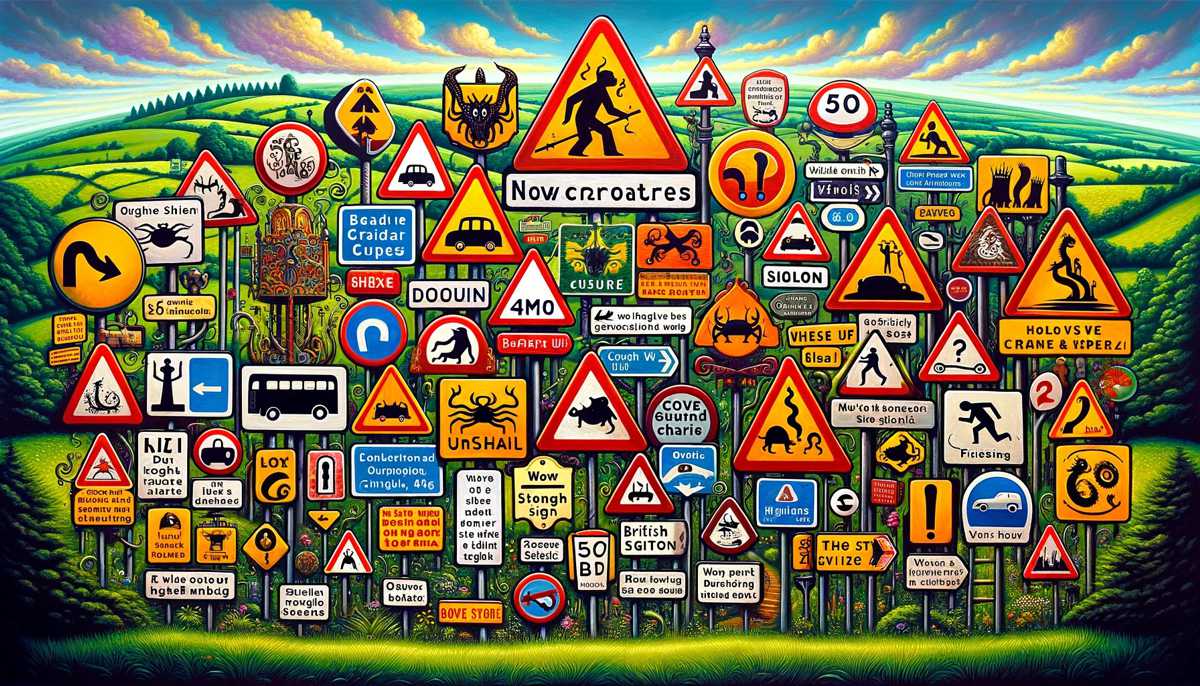Improving road worker health, safety and wellbeing
One of Highways England’s three core aims is that no one should be harmed when travelling or working on the Strategic Road Network (SRN). Clearview Intelligence has put a lot of time and effort looking at keeping road users safe, but what about road workers?
Earlier this month Highways England revealed that four road workers and two motorists were injured in just one three-month period because of incidents around road works. The six injuries between July and September 2017 represent just the tip of the iceberg with a total of 3,500 incidents recorded in that short timeframe. These incidents range from abuse being shouted at road workers to collisions when drivers fail to divert around coned off areas.
Beyond the physical risk to road workers, there is also a risk to their mental wellbeing from the frequent abuse. With the risk of suicide among male labourers (who make up a high proportion of road workers) higher than the national average, it has been increasingly recognised that both physical and mental health need to be safeguarded.
How can we keep road workers safe?
Technical innovations will help. For example, a ‘crash skid’ that is in development by Amey. The concept comprises a device designed to both alert drivers to the road works and drastically reduce the impact should a collision occur. The ‘crash skid’ would be deployed and left unmanned, meaning the potential benefits to road worker safety are huge.
Another way to keep road workers safe is through prioritising installation considerations in the evaluation of technology. With consideration around how long it takes to install, where is it installed and how much maintenance is required, this can minimise both time spent by workers in the road and total install time, so reducing the risk to road workers and the frustration of road users.
One example of this is the Clearview wireless vehicle detection system. This is widely used as an alternative to traditional inductive loops to provide vehicle detection for signalised junctions. Rather than installing loops across the carriageway and back to the signal controller, a single sensor is installed in the centre of the carriageway, which transmits information wirelessly. A sensor can be installed in just 15 minutes, with the rest of the system installed and configured at the roadside.
In urban environments this makes the system much quicker and cheaper to install, so reducing congestion and costs. On the SRN a key benefit is road worker safety. Rather than working right up to the edge of the closed carriageway those installing the system remain in the centre of it. They are also in the road for a much shorter amount of time. Reducing the carriageway closure may also reduce road user frustration and the likelihood of abuse.
The system provides the vehicle detection information required for ramp metering and MIDAS (Motorway Incident Detection and Automatic Signalling). As more and more motorways are upgraded to smart motorways there is a need for additional vehicle detection on the SRN to deliver the information required to drive the variable speed limits and open and shut lanes. When looking at a large initiative such as this, the time saved per lane adds up a significant reduction in road worker exposure to risk.
Changing behaviour will also help to keep road workers safe. Highways England are working to educate drivers and encourage compassion when faced with road works, asking drivers to think what it would be like if they had to contend with lorries and cars driving through their place of work. Engineers know first-hand how frightening it can be working in the road and any initiative that can encourage people to stick to the speed limits and respect the cones is more then welcome.
How can we protect road workers mental health?
Again, changing driver behaviour will help support good mental health and the need to help people understand the effect they have on an individual when they shout abuse from their car window.
Employers also have a responsibility and an increasing number of workplaces are rightly looking to foster a safe and supportive environment that helps people to take care of their mental health.
This applies whether you work on the road or at a desk. Firstly, companies need to start promoting the concept of wellbeing, not just physical health. They then need to tackle the causes of poor mental health and support staff with mental health problems.
Fortunately, there are a wealth of resources to help companies on this journey. It’s a journey Clearview is committed to making along with many others in the industry. Mental health features prominently in Highways England’s current Health and Safety plan and is the focus for at least half of the programme for the upcoming Safer Highways Summit.















